Those who think that polarization in Washington has gotten so bad that no one can agree on anything can take heart. There’s a proposal buried in the President’s budget that actually makes sense and is steadily gaining bipartisan and bicameral Congressional support: consolidation of disparate development finance initiatives into a single organization. The new Development Finance Institution (DFI) would incorporate the Overseas Private Investment Corporation (OPIC) and USAID’s Development Credit Authority (DCA), thereby creating a single entity charged with leveraging private sector investment to advance U.S. foreign policy interests.
The proposed consolidation has appeal even at the poles of the political spectrum. For the anti-OPIC crowd, the new DFI will look less like “corporate welfare” and more like loans that leverage private sector investment. For the supporters of robust U.S. foreign assistance programs, the DFI is a means of expanding resources through private sector engagement. It does not propose to increase appropriation levels, a move that will please fiscal hawks. For those that warn of a rising China, the DFI is a modest attempt to counter China’s widening global development program. And for the White House, the DFI is consistent with the President’s executive order in March 2017 to achieve greater efficiencies through the merging of functions.
President Trump signaled his intention to launch the DFI while in Vietnam last November, stating that “We are also committed to reforming our development finance institutions so that they better incentivize private sector investment in your economies, and provide strong alternatives to state-directed initiatives that come with many strings attached.” Then in December, the President’s National Security Strategy reiterated this and also alluded to the need to counter China: “…the United States will not be left behind as other states use investment and project finance to extend their influence.”
The creation of a modern development finance corporation has support outside the government as well. In October, a “unified proposal” gained support from former USAID Administrator Andrew Natsios, the Modernizing Foreign Assistance Network (MFAN), Save the Children, the Center for Global Development (CGD), the Center for Strategic and International Studies (CSIS), and George Ingram (Brookings Institution). The proposal would strengthen development finance capabilities via “a new Development Finance Corporation comprised of the [OPIC];” and other relevant functions currently housed in the U.S. Trade and Development Agency (USTDA).
In the wake of this groundswell of support, both houses of Congress introduced nearly identical bills (H.R.5105 and S.2463) which enjoy strong bipartisan support. In the House, the bill was introduced by the chairs of the Effective Foreign Assistance Caucus (Rep. Ted Yoho and Rep. Adam Smith). In the Senate, the bill’s cosponsors are Sen. Corker and Sen. Coons.
Both the House and Senate bills go further than what the President’s FY19 budget has proposed, including in the new DFI USAID’s so-called “enterprise funds” and Office of Private Capital and Microenterprise. Quiet objections from USAID officials and its political protectors (e.g. the Development Credit Authority in the DFI) appear to be based largely on a desire to protect bureaucratic territory rather than substantive arguments of merit.
Including USAID’s programs makes sense; one institution should oversee all development financing. There is already overlap between the DCA and OPIC, since both offer partial credit guarantees backed by the U.S. Treasury. Some have argued that USAID does not have the requisite expertise to govern a credit authority of such magnitude, that the expertise only resides inside OPIC. To the extent that DCA does have value-added expertise, the legislation mandates a transition plan to absorb identified staff from DCA into the new DFI.
Similarly, it makes sense to include USAID’s Office of Private Capital and Microenterprise in the new DFI. This office mobilizes private capital by deploying technical support and implementing small grants. Technical assistance invested early is intended to unlock downstream private investment that is much larger. Separating this development financing element from the rest would be a mistake.
USAID’s Enterprise Funds already function as small development finance loans. The proposed legislation will consolidate these loans under one roof and provide more uniformity and predictability. Currently, enterprise funds have differing wind-down mechanisms that lead to “zombie” funds like the U.S.-Russia Investment Fund (TUSRIF), which has been closed for more than a decade but remains unliquidated. Under the proposed legislation, time limits on the duration of new enterprise funds will be established and any unspent balances returned to the Treasury Department.
It remains to be seen if anyone outside USAID will object to a bill that makes so much sense and enjoys broad Congressional support. It is likely that there will continue to be philosophical objections to the U.S. government making equity investments in overseas assets—an invasion of government into the marketplace, according to some. Others may take issue with the diminished role of labor unions in the new DFI.
Nevertheless, alignment between Democrats and Republicans in Congress and the legislative and executive branches is increasing. Traditional USAID allies like the ONE Campaign have endorsed the legislation and spent last week lobbying Congressional offices to pass the BUILD Act. Development finance appears to be the one bright spot in the president’s FY19 budget and Congress should seize the opportunity to pass meaningful legislation.
The Brookings Institution is committed to quality, independence, and impact.
We are supported by a diverse array of funders. In line with our values and policies, each Brookings publication represents the sole views of its author(s).

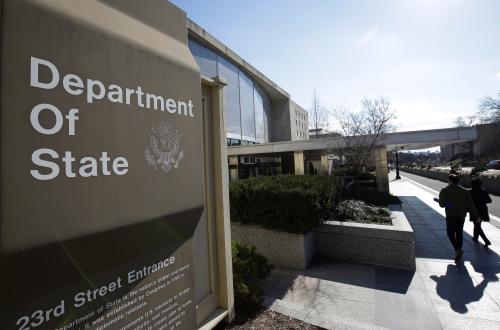
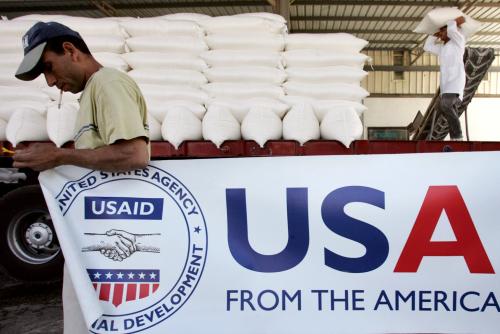
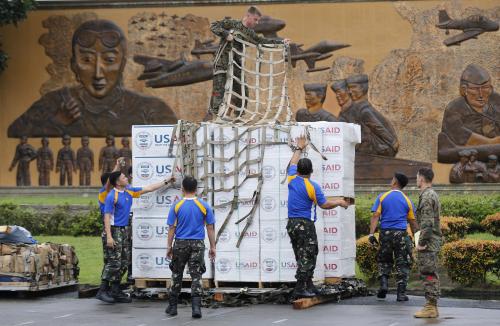
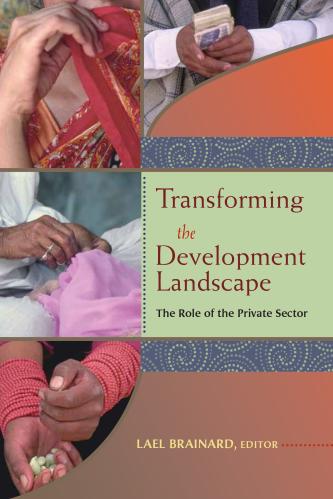
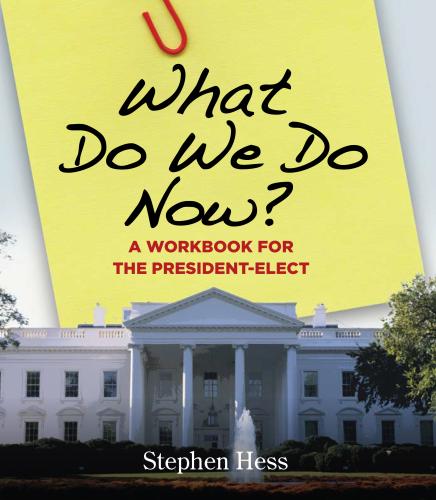
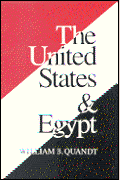




Commentary
On development finance, Trump’s budget request makes sense
March 13, 2018